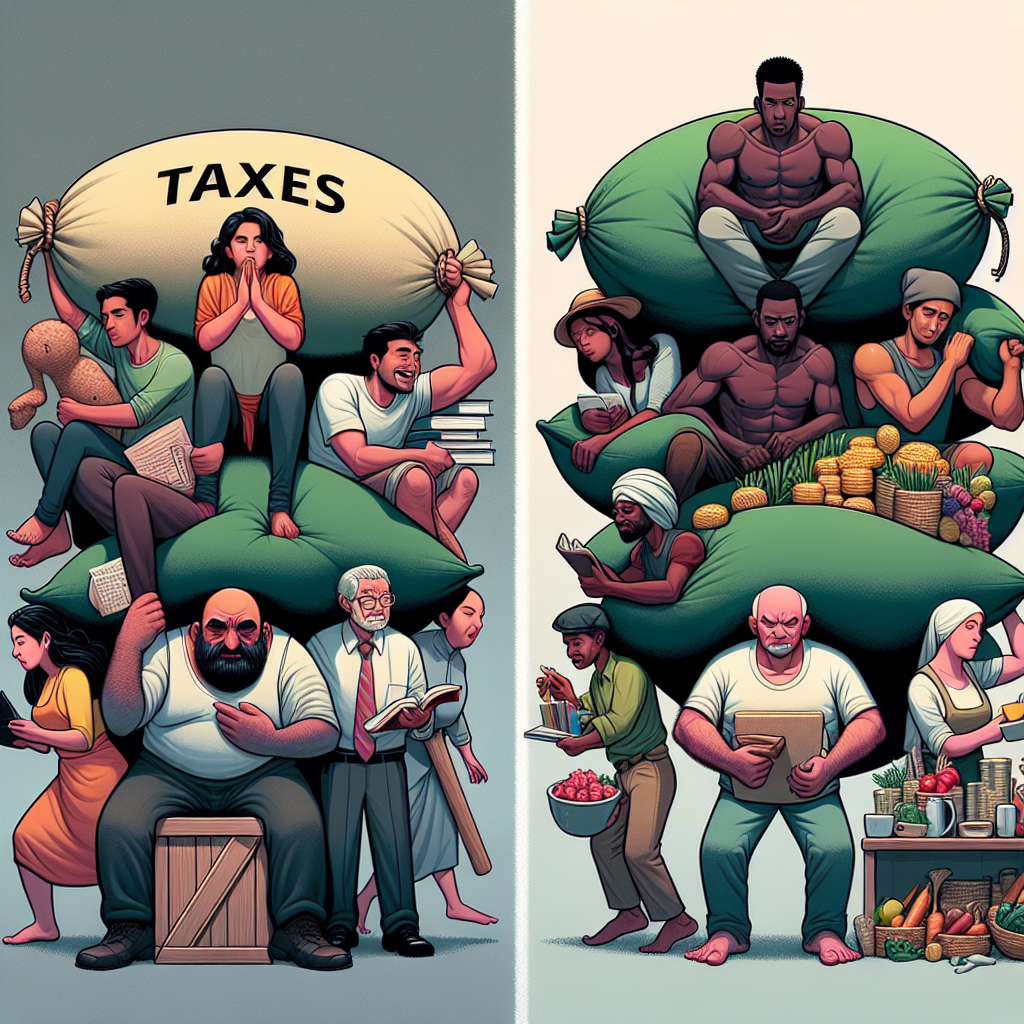Australia's Surprise Tax Cuts: A Strategy for Election Success
Australia's government announced unexpected tax cuts to relieve cost-of-living pressures, aiming to gain voter support before the May election. The plan features $17.1 billion in tax reductions, healthcare investments, and efforts to boost economic resilience amidst global tensions, projecting deficits in upcoming fiscal years.

In a strategic move ahead of an upcoming election, the Australian government has rolled out unexpected tax cuts amounting to A$17.1 billion to address cost-of-living issues, marking a significant shift in the budget. Prime Minister Anthony Albanese's centre-left administration aims to regain control from a tight race with the conservative Coalition opposition.
Alongside tax cuts, Treasurer Jim Chalmers revealed increased investment in public healthcare and education, while extending electricity rebates. However, this increased spending is set to push the budget back into deficit by A$179.5 billion over the forward estimates, against prior expectations of surplus improvements.
Despite the fiscal challenges, Australia remains buoyant with strong labor market conditions and resilient commodity prices. The government anticipates navigating through global economic uncertainties, with inflation projected to reach 3% next year, spurring fresh concerns from the Reserve Bank of Australia regarding future policy stability.
(With inputs from agencies.)










